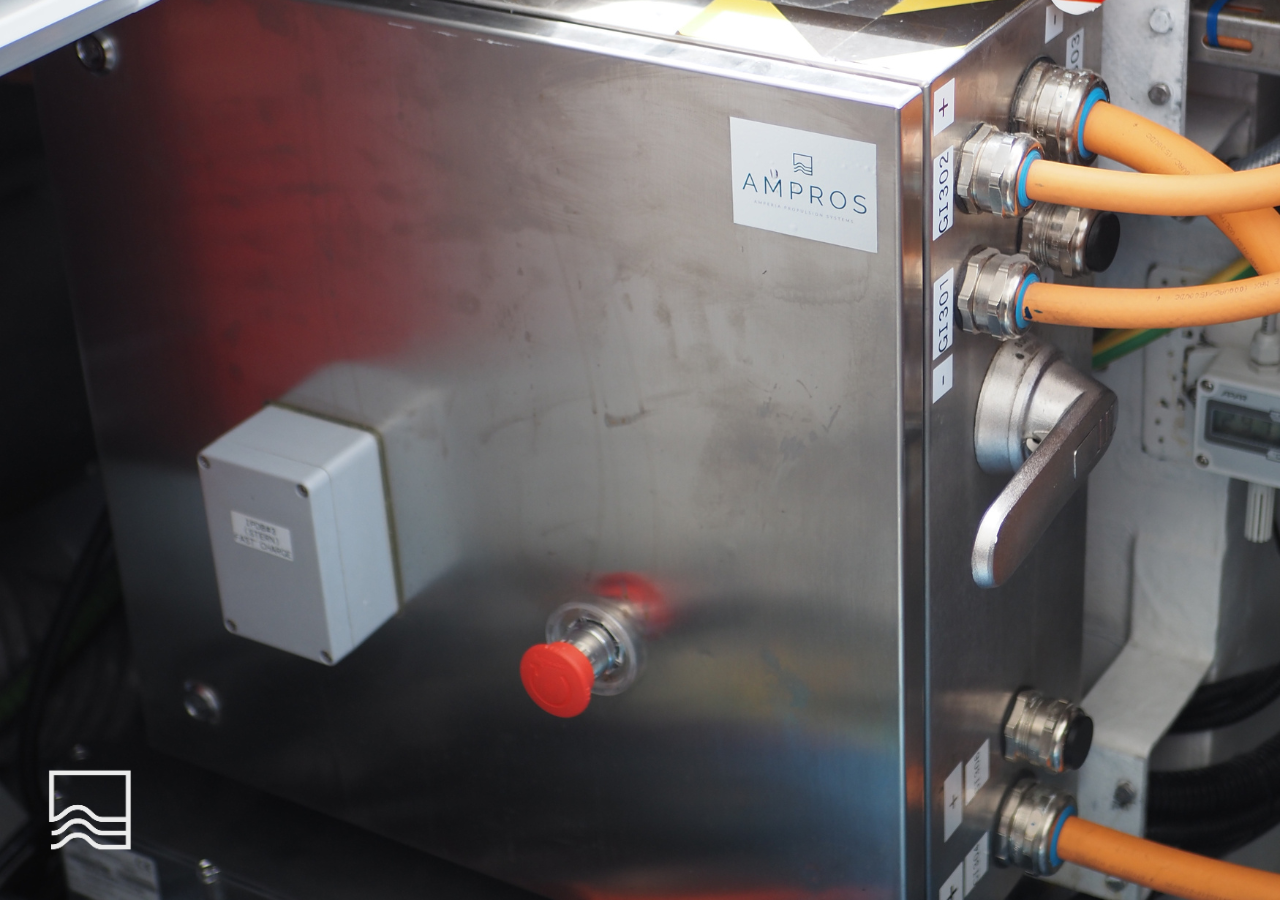Electric propulsion is making waves in the marine industry, transforming how vessels are powered and operated. This guide delves into the fundamental terms and units used in electric and hybrid marine propulsion systems, helping maritime enthusiasts and professionals navigate this innovative field.
Key Terms in Marine Electric Propulsion
- Electric Propulsion (EP): Electric propulsion systems utilize electric power to generate thrust, eliminating the need for conventional fossil fuels. These systems are increasingly used in boats, ships, and other marine vessels.
- Hybrid Electric Vessel (HEV): A vessel that combines a traditional internal combustion engine (ICE) with an electric propulsion system, offering improved fuel efficiency and reduced emissions.
- Battery Electric Vessel (BEV): A vessel powered solely by an electric battery, with no internal combustion engine. BEVs rely entirely on electric propulsion for movement.
- Plug-in Hybrid Electric Vessel (PHEV): Similar to HEVs, PHEVs have both an ICE and an electric propulsion system but can be recharged by plugging into an external power source.
- Electric Motor: The component in an electric propulsion system that converts electrical energy into mechanical energy, driving the vessel’s propeller.
- Inverter: A device that converts direct current (DC) from the battery into alternating current (AC) to power the electric motor.
- Regenerative Braking: In marine applications, this concept is adapted to regenerative charging, where the propulsion system can convert kinetic energy back into electrical energy, which is stored in the battery.
Units and Measurements in Marine Electric Propulsion
- Kilowatt (kW): The primary unit of power in electric propulsion systems. It measures the rate of energy conversion. Electric motors in marine applications are often rated in kilowatts, indicating their power output.
- Kilowatt-hour (kWh): A unit of energy representing the amount of work done by a power output of one kilowatt running for one hour. Battery capacity in electric vessels is usually measured in kilowatt-hours.
- Volt (V): The unit of electric potential. It measures the difference in electric potential between two points. Higher voltage systems can deliver power more efficiently in marine propulsion.
- Ampere (A): The unit of electric current, measuring the flow of electric charge. Higher current can mean more power, but also more heat generation and potential for energy loss.
- Watt-hour per Nautical Mile (Wh/nmi): This unit measures the energy efficiency of electric vessels, indicating the amount of energy consumed to travel a specific distance in nautical miles.
- Newton-meter (Nm): The unit of torque, which is a measure of rotational force. Electric motors generate high torque, providing strong propulsion.
- State of Charge (SoC): The level of charge in the battery relative to its capacity, expressed as a percentage. Monitoring SoC is crucial for maintaining battery health and planning recharges.
- Depth of Discharge (DoD): The percentage of battery capacity that has been used. Managing DoD helps prolong battery life by avoiding deep discharges.
The Impact of Electric Propulsion on the Marine Industry
Electric propulsion systems are revolutionizing the marine industry by providing cleaner, more efficient alternatives to traditional combustion engines. Advances in battery technology, motor efficiency, and energy management systems are driving the widespread adoption of electric and hybrid vessels. These systems offer significant benefits, including reduced emissions, lower operational costs, and quieter operation, making them ideal for both commercial and recreational maritime activities.
As the industry continues to evolve, understanding the terminology and units used in marine electric propulsion is essential for staying informed and making educated decisions about vessel technology. By mastering these concepts, maritime professionals and enthusiasts can better appreciate the innovations propelling the industry toward a more sustainable future.



